Home>Technology>Smart Home Devices>How Far Away Should You Be From A Wi-Fi Router
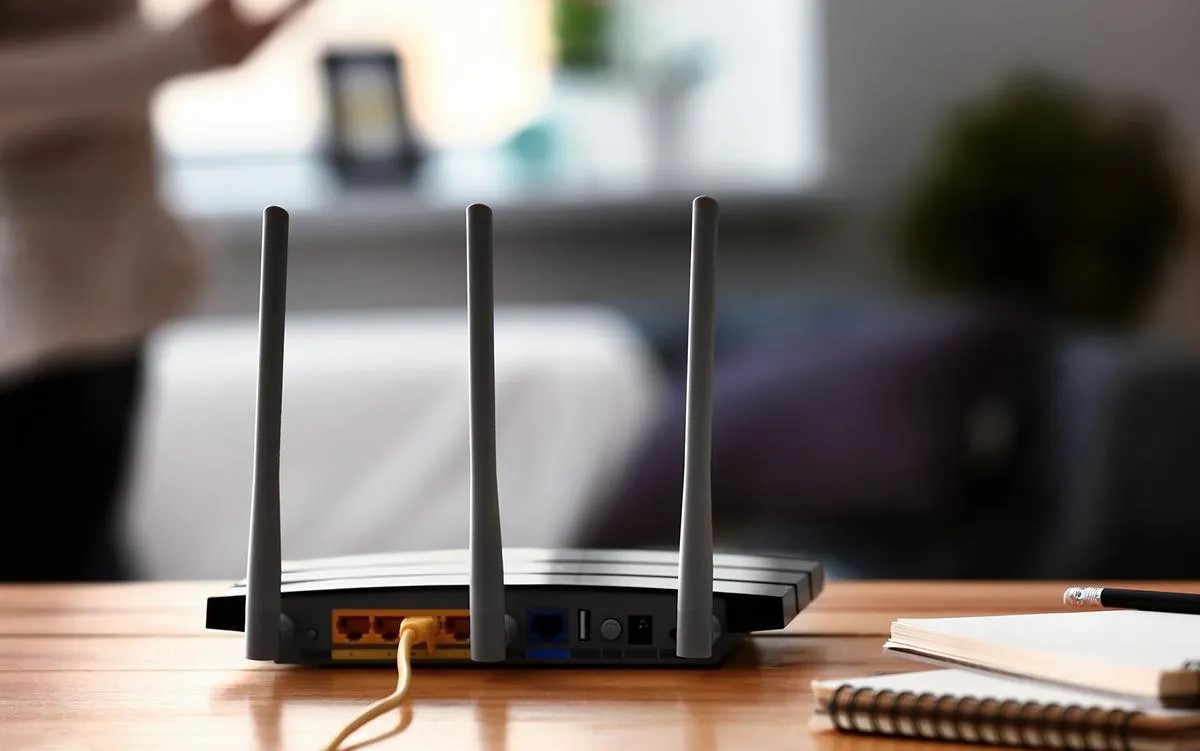

Smart Home Devices
How Far Away Should You Be From A Wi-Fi Router
Modified: January 4, 2024
Discover the ideal distance from your smart home devices to your Wi-Fi router for optimal performance. Learn how to maximize your Wi-Fi signal for seamless connectivity.
(Many of the links in this article redirect to a specific reviewed product. Your purchase of these products through affiliate links helps to generate commission for Storables.com, at no extra cost. Learn more)
Introduction
In today's digital age, Wi-Fi has become an indispensable part of our daily lives. Whether it's for work, entertainment, or communication, the convenience of wireless internet connectivity has revolutionized the way we interact with the world. However, as we revel in the freedom and flexibility that Wi-Fi offers, it's essential to consider the potential impact of prolonged exposure to Wi-Fi radiation.
Wi-Fi routers emit electromagnetic radiation, a form of non-ionizing radiation that falls within the same spectrum as microwaves and cell phones. While the debate on the health effects of Wi-Fi radiation continues, it's crucial to understand the factors that influence Wi-Fi signal strength and the potential health concerns associated with prolonged exposure to Wi-Fi radiation.
This article aims to provide a comprehensive understanding of Wi-Fi radiation, including the factors affecting Wi-Fi signal strength, health concerns related to Wi-Fi radiation, the ideal distance from a Wi-Fi router, and tips for reducing Wi-Fi radiation exposure. By shedding light on these aspects, readers can make informed decisions to mitigate potential risks while enjoying the benefits of wireless connectivity.
Key Takeaways:
- Keep a distance of 6 to 15 feet from your Wi-Fi router to balance signal strength and reduce potential exposure to Wi-Fi radiation. Consider router placement and environmental factors for optimal connectivity.
- Minimize Wi-Fi radiation exposure by using wired connections, enabling Wi-Fi sleep mode, and staying informed about practical strategies. Balance wireless technology usage with well-being for a mindful approach.
Read more: How Far Does A Wi-Fi Router Reach
Understanding Wi-Fi Radiation
Wi-Fi radiation, also known as radiofrequency (RF) radiation, is a type of electromagnetic field (EMF) that is emitted by wireless routers to enable wireless communication with devices such as smartphones, laptops, and smart home devices. This radiation operates within the 2.4 GHz and 5 GHz frequency bands, allowing for high-speed data transmission over short distances.
It’s important to note that Wi-Fi radiation falls under the category of non-ionizing radiation, which means it lacks sufficient energy to ionize atoms or molecules. Unlike ionizing radiation (e.g., X-rays and gamma rays), which can cause cellular damage by ionizing atoms, non-ionizing radiation is generally considered to have less potential for direct DNA damage.
Wi-Fi radiation propagates through the air and solid objects, such as walls and furniture, allowing for seamless connectivity within a specific range. The strength of the Wi-Fi signal diminishes as the distance from the router increases, and various factors can influence signal propagation and strength.
While Wi-Fi radiation is generally regarded as safe within regulatory limits, ongoing research seeks to understand its long-term effects on human health. As the use of Wi-Fi technology continues to proliferate, it’s essential to stay informed about potential health implications and take proactive measures to minimize exposure, especially in environments where Wi-Fi signals overlap or are consistently strong.
By grasping the fundamentals of Wi-Fi radiation and its behavior, individuals can make informed choices to optimize their wireless connectivity while prioritizing their well-being.
Factors Affecting Wi-Fi Signal Strength
Several factors can significantly impact the strength and reliability of a Wi-Fi signal. Understanding these factors is crucial for optimizing wireless connectivity and addressing potential issues that may arise. Here are the key elements that influence Wi-Fi signal strength:
- Distance from the Router: The proximity to the Wi-Fi router directly affects signal strength. As the distance increases, the signal weakens, potentially leading to slower data transfer rates and connectivity issues.
- Physical Obstructions: Walls, floors, and other physical barriers between the router and the connected devices can attenuate the Wi-Fi signal. Solid objects, particularly those made of dense materials like concrete, can impede signal propagation.
- Interference from Other Devices: The presence of other electronic devices operating on the same frequency band, such as microwave ovens, cordless phones, and Bluetooth devices, can interfere with Wi-Fi signals, leading to degradation in performance.
- Router Placement: The positioning of the Wi-Fi router within the premises can impact signal coverage. Placing the router in a central location and away from obstructions can help distribute the signal more evenly throughout the space.
- Wireless Network Congestion: In densely populated areas or environments with multiple Wi-Fi networks, network congestion can occur, leading to signal interference and reduced performance. This is particularly relevant in apartment buildings, offices, and urban settings.
- Router Antenna Configuration: The type and configuration of the router’s antennas can influence signal strength and coverage. Some routers feature adjustable or external antennas that allow for optimization based on the specific layout of the space.
By considering these factors and taking appropriate measures, such as optimizing router placement, minimizing physical obstructions, and selecting less congested Wi-Fi channels, individuals can enhance their Wi-Fi signal strength and overall wireless connectivity experience.
Health Concerns Related to Wi-Fi Radiation
The potential health effects of Wi-Fi radiation have been the subject of ongoing research and public interest. While the scientific community has not reached a consensus on the long-term impacts of Wi-Fi radiation on human health, several concerns and areas of investigation have emerged.
Electromagnetic Hypersensitivity (EHS): Some individuals claim to experience symptoms such as headaches, fatigue, and cognitive difficulties when exposed to electromagnetic fields, including those from Wi-Fi devices. While EHS is not universally recognized as a medical diagnosis, individuals who report these symptoms often seek to reduce their exposure to electromagnetic radiation.
Reproductive Health: Studies have explored the potential effects of Wi-Fi radiation on reproductive health, particularly in males. Research suggests that prolonged exposure to electromagnetic fields may impact sperm quality and fertility, although further investigation is needed to establish conclusive links.
Cellular and Genetic Effects: Laboratory studies have examined the impact of Wi-Fi radiation on cellular function and genetic material. While some research indicates potential biological effects at the cellular level, the implications for human health remain a topic of ongoing inquiry.
Neurological Effects: The influence of Wi-Fi radiation on neurological function and cognitive performance has garnered attention. While some studies suggest possible effects on brain activity and behavior, the significance of these findings in real-world scenarios is a subject of continued investigation.
It’s important to note that regulatory bodies and health organizations, such as the World Health Organization (WHO) and the International Commission on Non-Ionizing Radiation Protection (ICNIRP), have established guidelines and exposure limits for electromagnetic fields, including those from Wi-Fi devices. These guidelines aim to mitigate potential health risks and ensure the safe use of wireless technologies.
Given the evolving nature of scientific research and the complexities surrounding the assessment of long-term health effects, individuals may choose to take precautionary measures to minimize their exposure to Wi-Fi radiation, especially in environments where multiple wireless devices are in use or where signal strength is consistently high.
By staying informed about the latest research findings and adopting prudent strategies to manage Wi-Fi radiation exposure, individuals can navigate the intersection of wireless technology and personal well-being with greater awareness and agency.
It is recommended to be at least 6-8 feet away from a Wi-Fi router to minimize exposure to electromagnetic radiation. Placing the router in a central location can also help distribute the signal evenly.
Ideal Distance from Wi-Fi Router
Optimizing the distance between individuals and their Wi-Fi routers is a key consideration for managing potential exposure to Wi-Fi radiation while maintaining reliable connectivity. While the ideal distance can vary based on specific circumstances and environmental factors, there are general guidelines to help individuals make informed decisions about router placement and usage.
For individuals seeking to strike a balance between signal strength and potential radiation exposure, positioning themselves at a distance of approximately 6 to 15 feet (1.8 to 4.6 meters) from the Wi-Fi router can be a practical starting point. This distance allows for adequate signal coverage while minimizing close-proximity exposure to electromagnetic fields.
Factors such as the router’s transmit power, antenna configuration, and the presence of physical obstructions can influence the effective range of the Wi-Fi signal. As a result, individuals may need to adjust the distance based on their specific living or working environment to achieve an optimal balance between signal strength and potential exposure.
In settings where individuals require consistent Wi-Fi connectivity in areas that are typically farther from the router, employing signal-boosting solutions, such as Wi-Fi range extenders or mesh network systems, can help maintain signal strength without the need for prolonged close proximity to the primary router.
It’s important to note that personal preferences, the layout of the space, and the need for reliable connectivity may influence the determination of the ideal distance. Some individuals may prioritize minimizing their proximity to the router, while others may prioritize signal strength and performance, especially in areas where a stable connection is vital for work or leisure activities.
By considering factors such as signal coverage, environmental conditions, and individual preferences, individuals can make informed decisions about the ideal distance from their Wi-Fi router, allowing them to enjoy wireless connectivity while managing potential exposure to Wi-Fi radiation according to their comfort and requirements.
Read more: How To Block EMF From A Wi-Fi Router
Tips for Reducing Wi-Fi Radiation Exposure
For individuals concerned about potential exposure to Wi-Fi radiation, implementing practical strategies to minimize electromagnetic field exposure can contribute to a more conscious and balanced use of wireless technology. Here are several tips for reducing Wi-Fi radiation exposure:
- Optimize Router Placement: Position the Wi-Fi router in a central location within the premises, away from frequently occupied areas, to minimize close-proximity exposure to electromagnetic fields while ensuring optimal signal coverage.
- Use Wired Connections: Whenever feasible, consider using wired Ethernet connections for stationary devices, such as desktop computers and gaming consoles, to reduce reliance on wireless connectivity and lower overall exposure to Wi-Fi radiation.
- Enable Wi-Fi Sleep Mode: Configure devices to enter sleep mode or disable Wi-Fi connectivity when not in use, reducing the duration of exposure to Wi-Fi radiation during idle periods.
- Utilize Timer Settings: Employ timer settings on routers or devices to schedule automatic Wi-Fi shutdown during designated hours, such as overnight, to minimize continuous exposure during inactive periods.
- Utilize Airplane Mode: When using smartphones, tablets, or laptops in offline modes or for tasks that do not require internet connectivity, consider activating airplane mode to disable Wi-Fi and reduce exposure to electromagnetic fields.
- Utilize Low-Power Modes: Configure devices to operate in low-power or energy-saving modes, which may reduce the intensity of Wi-Fi transmission and subsequently lower overall exposure to electromagnetic radiation.
- Employ Signal-Reducing Accessories: Consider utilizing signal-reflective materials, such as specialized paints or fabrics, to create barriers that may reduce the penetration of Wi-Fi signals into specific areas of the living or working space.
- Consider Hardwired Accessories: Explore the use of hardwired accessories, such as wired keyboards, mice, and printers, to minimize the reliance on wireless peripherals and reduce overall exposure to Wi-Fi radiation.
- Limit Screen Time: Encourage balanced screen time practices, particularly for children and adolescents, to reduce prolonged exposure to Wi-Fi radiation from devices and promote healthy lifestyle habits.
- Stay Informed: Stay abreast of the latest research, guidelines, and developments related to Wi-Fi radiation and electromagnetic fields to make informed decisions about wireless technology usage and exposure management.
By incorporating these tips into daily routines and environments, individuals can proactively manage their exposure to Wi-Fi radiation while maintaining the benefits of wireless connectivity. These practical measures empower individuals to strike a harmonious balance between technology usage and well-being, fostering a mindful approach to wireless technology in modern lifestyles.
Conclusion
As Wi-Fi technology continues to permeate our personal and professional spheres, the intersection of wireless connectivity and potential health considerations warrants thoughtful attention. Understanding the dynamics of Wi-Fi radiation, including its behavior, potential health concerns, and strategies for managing exposure, empowers individuals to navigate the digital landscape with greater awareness and agency.
While the scientific community continues to explore the long-term effects of Wi-Fi radiation on human health, individuals can adopt practical measures to optimize their wireless connectivity experience while mitigating potential risks. From optimizing router placement and signal strength to implementing conscious usage practices, the convergence of technology and well-being offers opportunities for informed decision-making and proactive management of Wi-Fi radiation exposure.
By staying informed about the latest research findings, regulatory guidelines, and technological advancements, individuals can cultivate a balanced approach to wireless technology usage, promoting both connectivity and well-being. Whether it involves optimizing the distance from a Wi-Fi router, embracing wired connectivity alternatives, or employing smart usage practices, individuals have the agency to shape their wireless environments in alignment with their preferences and well-being goals.
As the landscape of wireless technology evolves, the dialogue surrounding Wi-Fi radiation and its implications on human health will continue to unfold. By fostering a climate of awareness, informed decision-making, and ongoing inquiry, individuals can harness the benefits of wireless connectivity while prioritizing their health and well-being in an increasingly connected world.
Ultimately, the convergence of wireless technology and human well-being invites individuals to approach Wi-Fi radiation with a blend of mindfulness, adaptability, and informed choice, paving the way for a harmonious coexistence with the digital tools that enrich our lives.
Frequently Asked Questions about How Far Away Should You Be From A Wi-Fi Router
Was this page helpful?
At Storables.com, we guarantee accurate and reliable information. Our content, validated by Expert Board Contributors, is crafted following stringent Editorial Policies. We're committed to providing you with well-researched, expert-backed insights for all your informational needs.
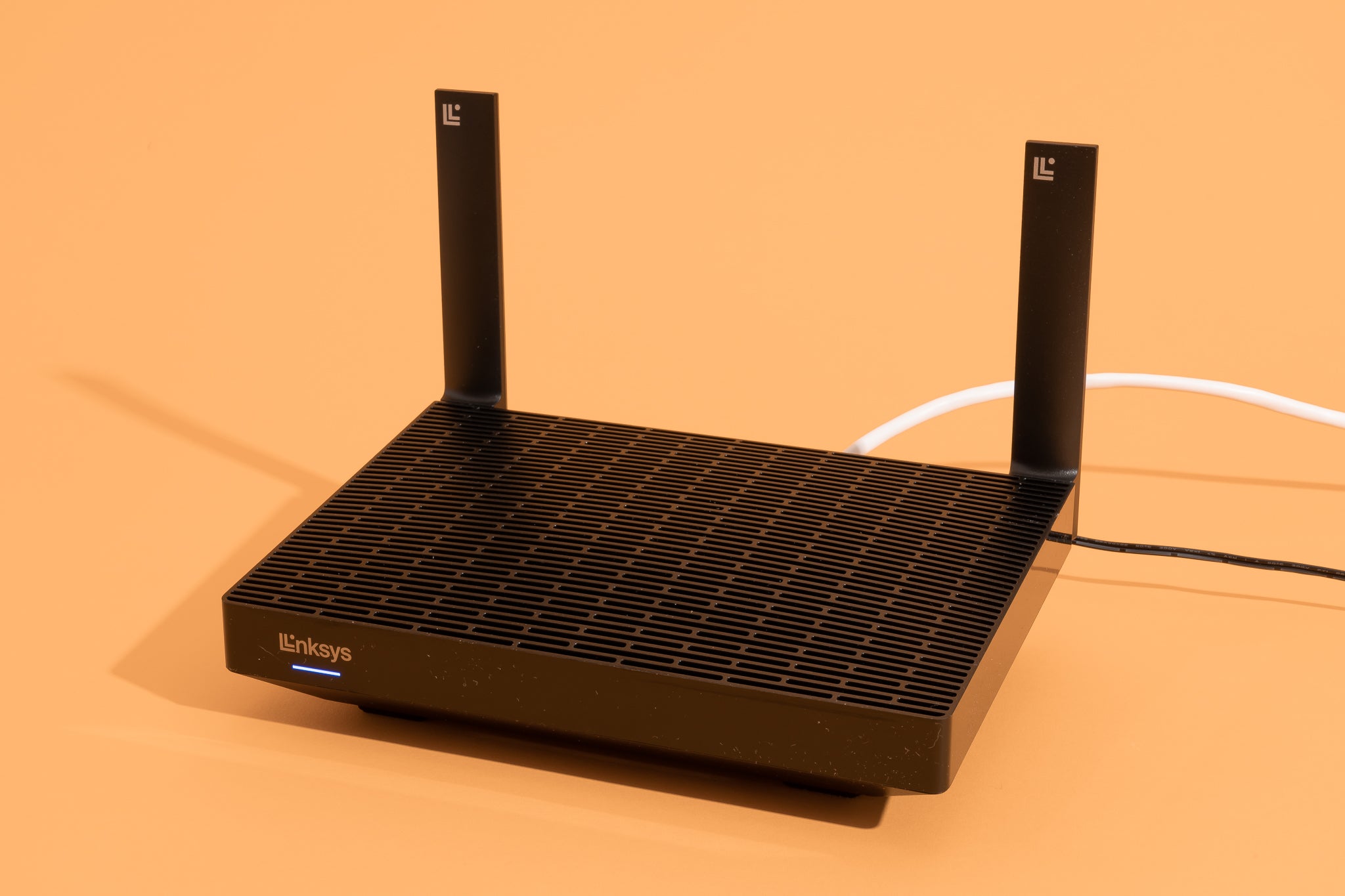
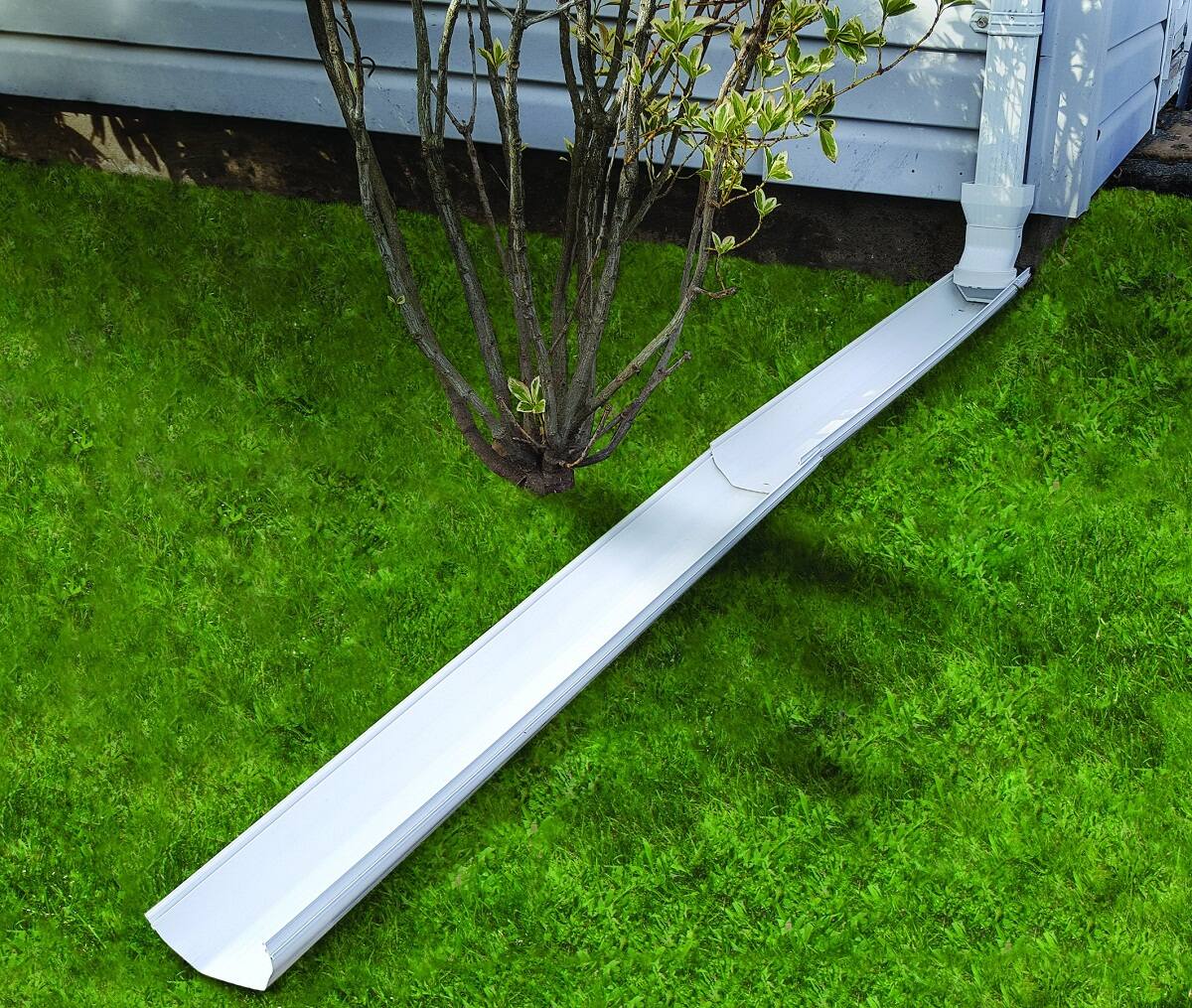
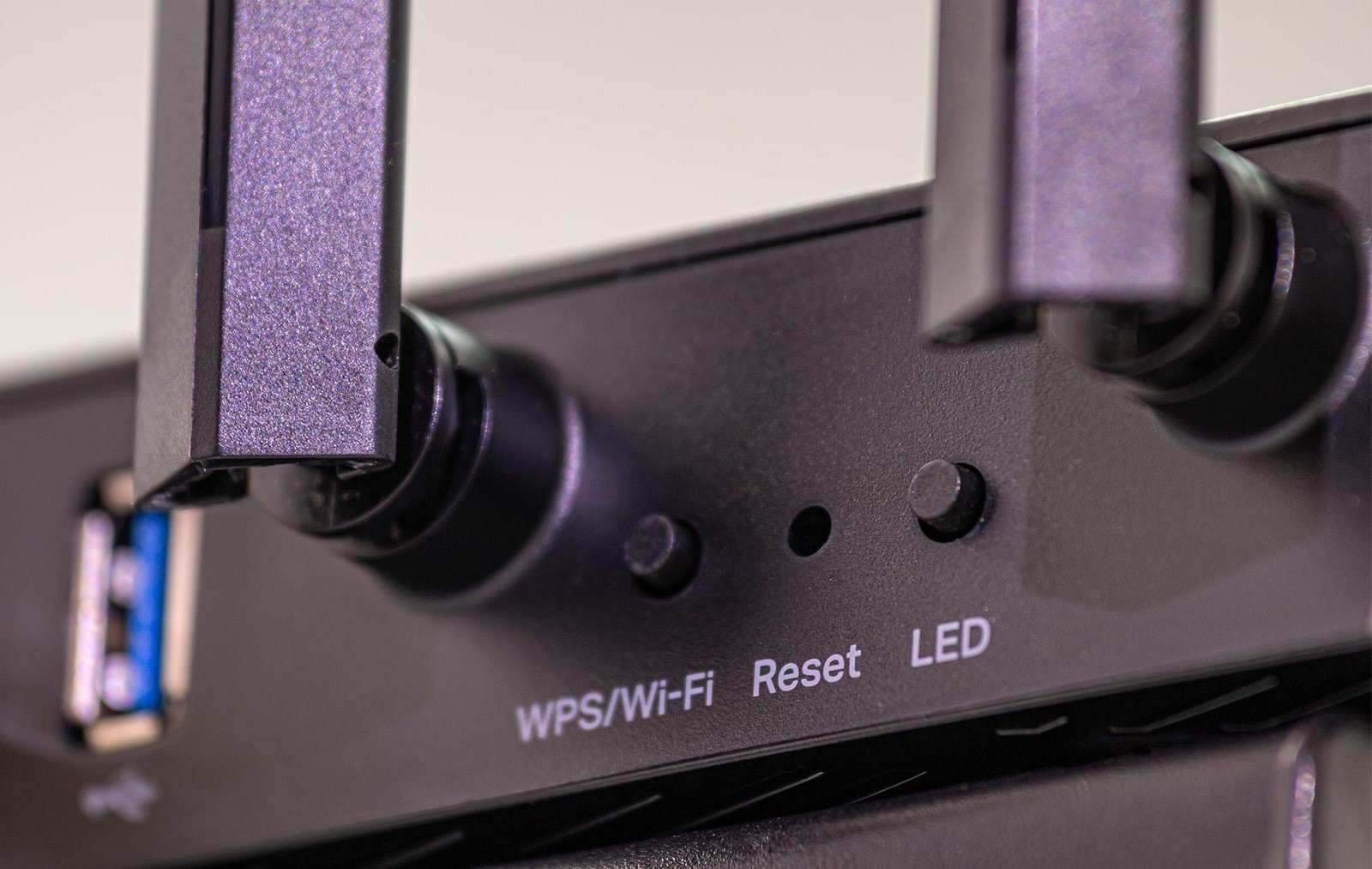
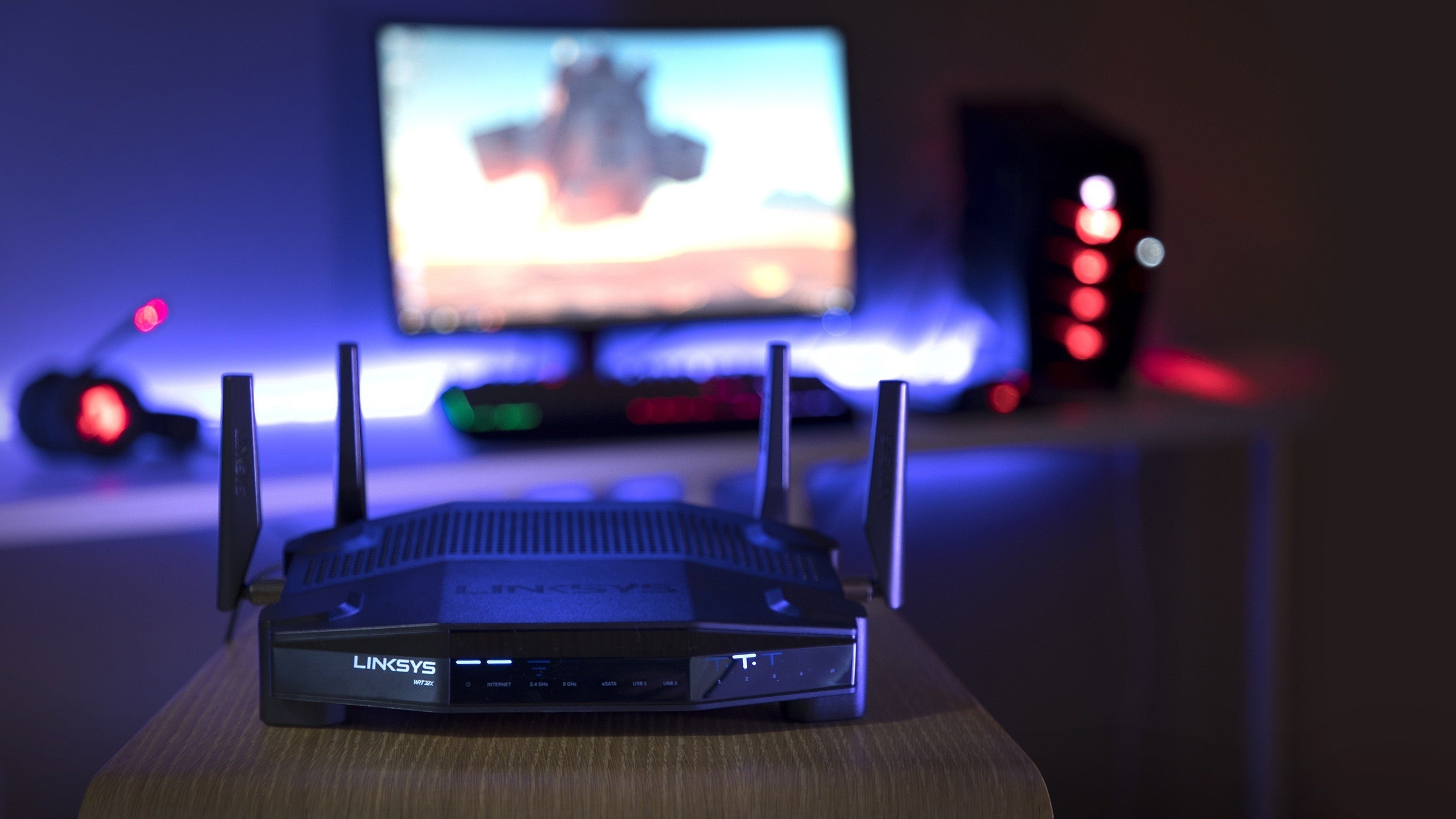
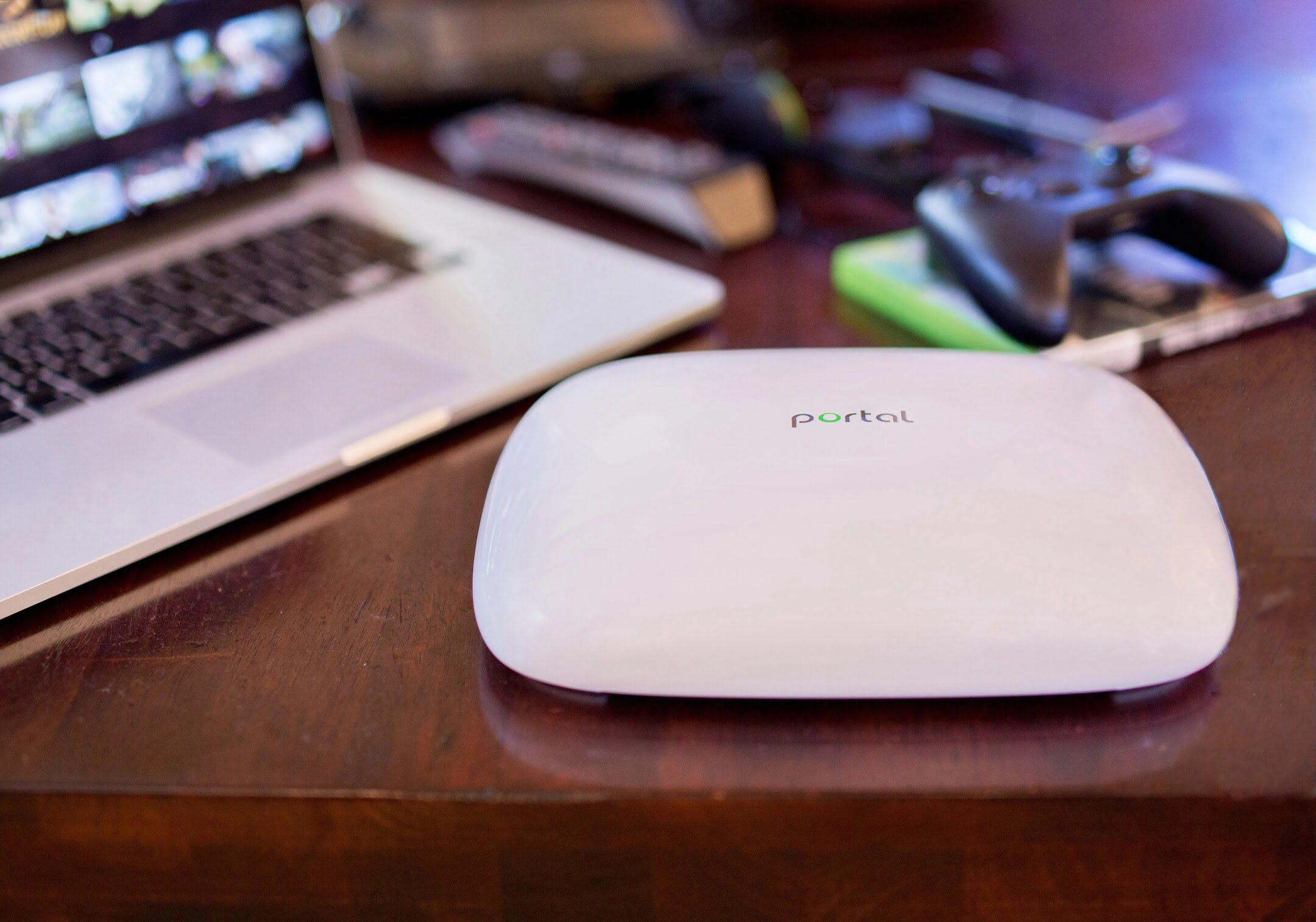
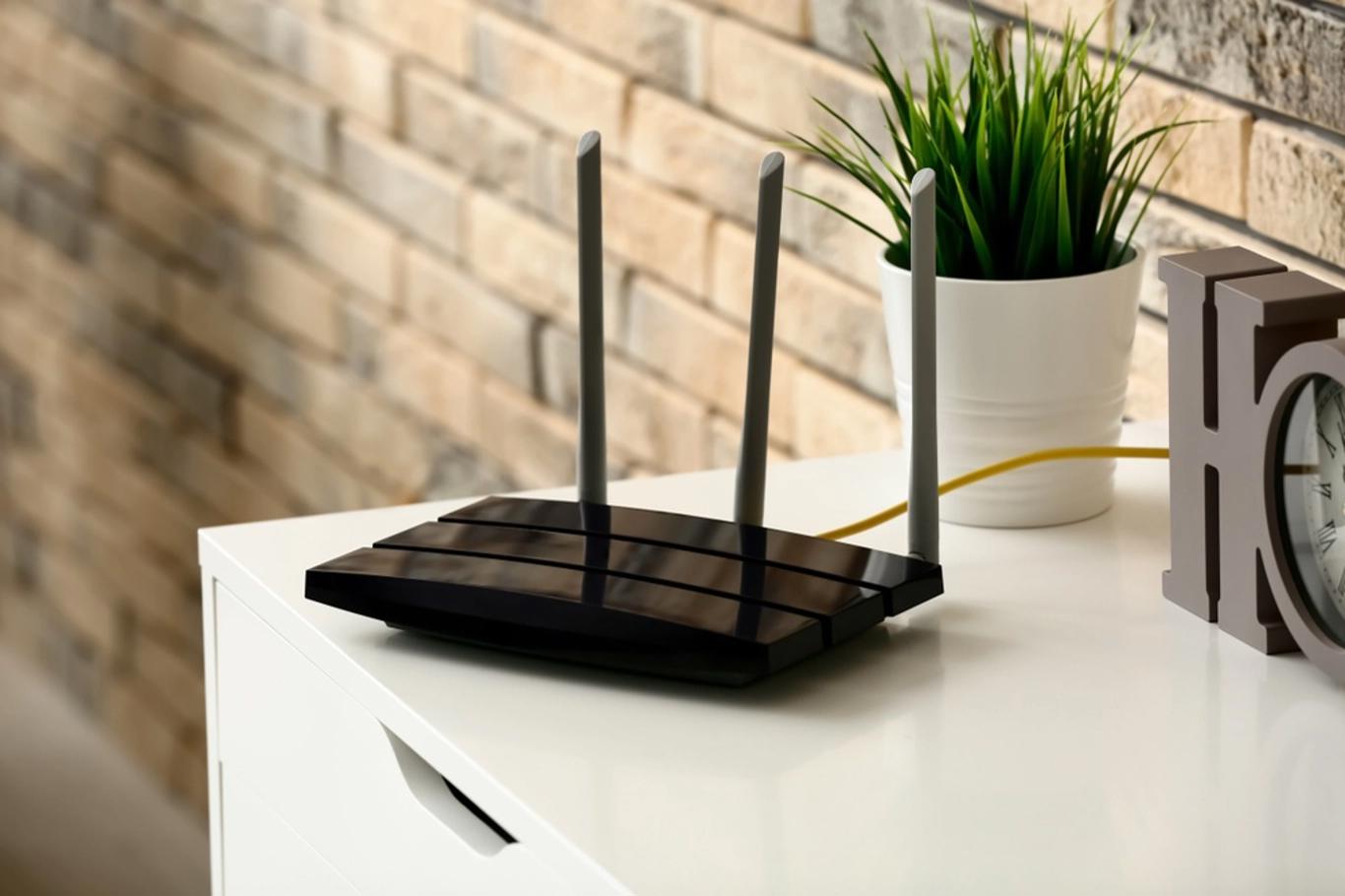
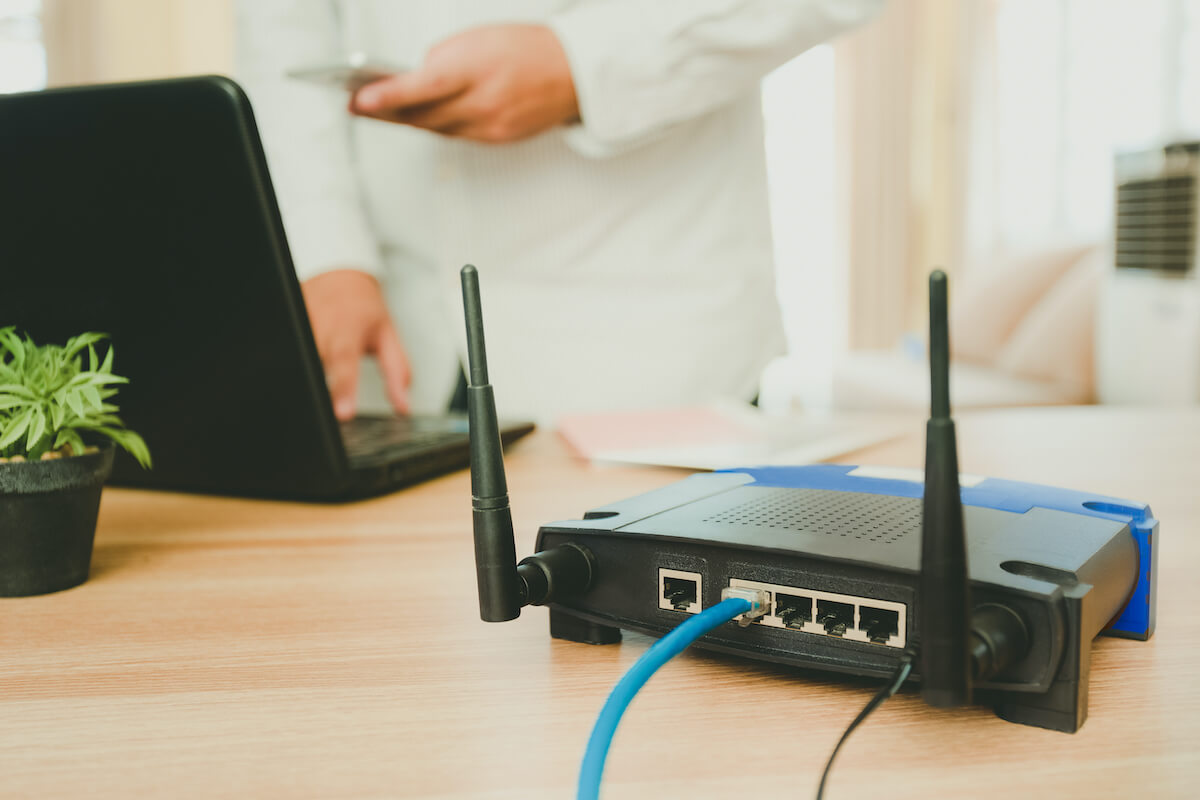
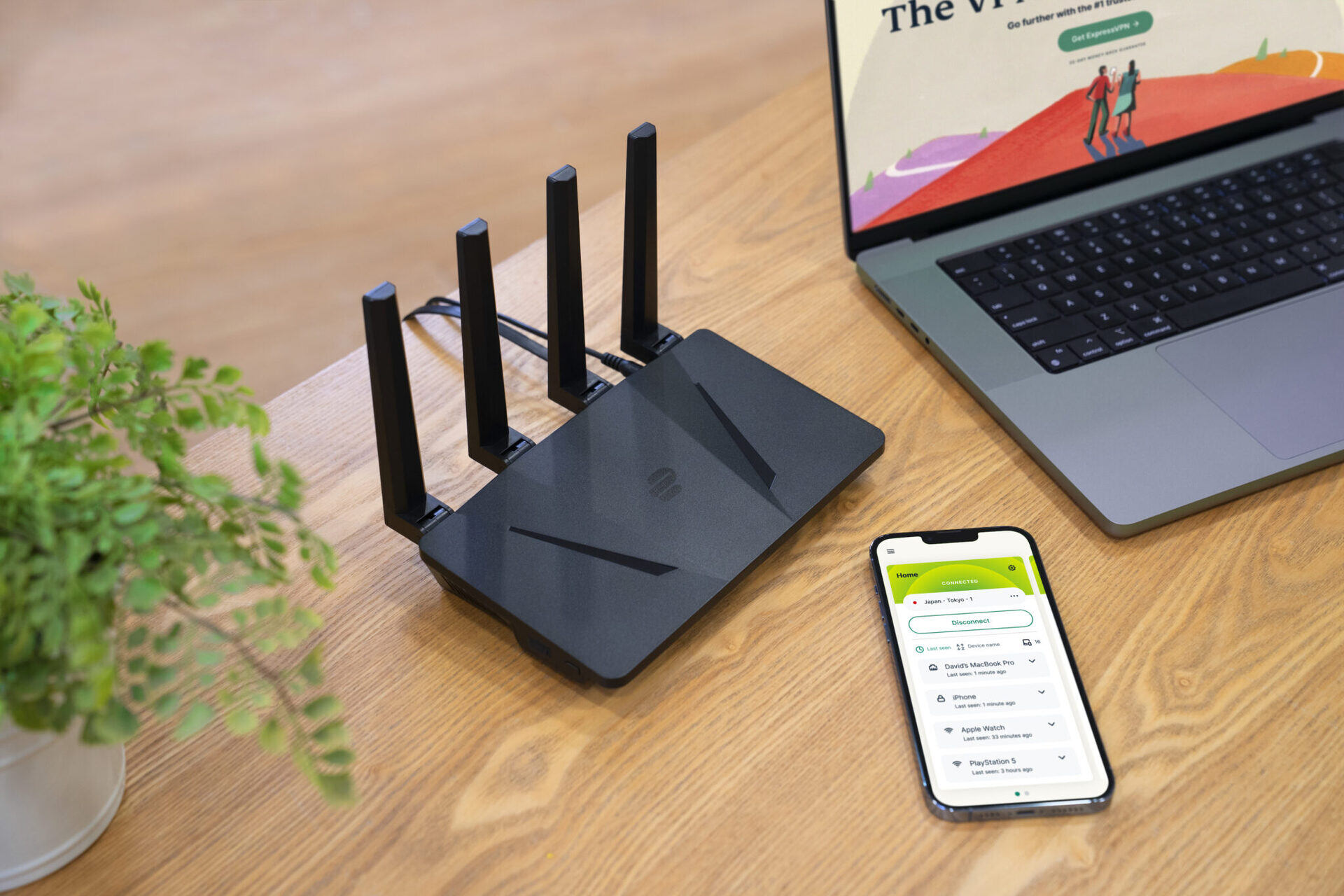

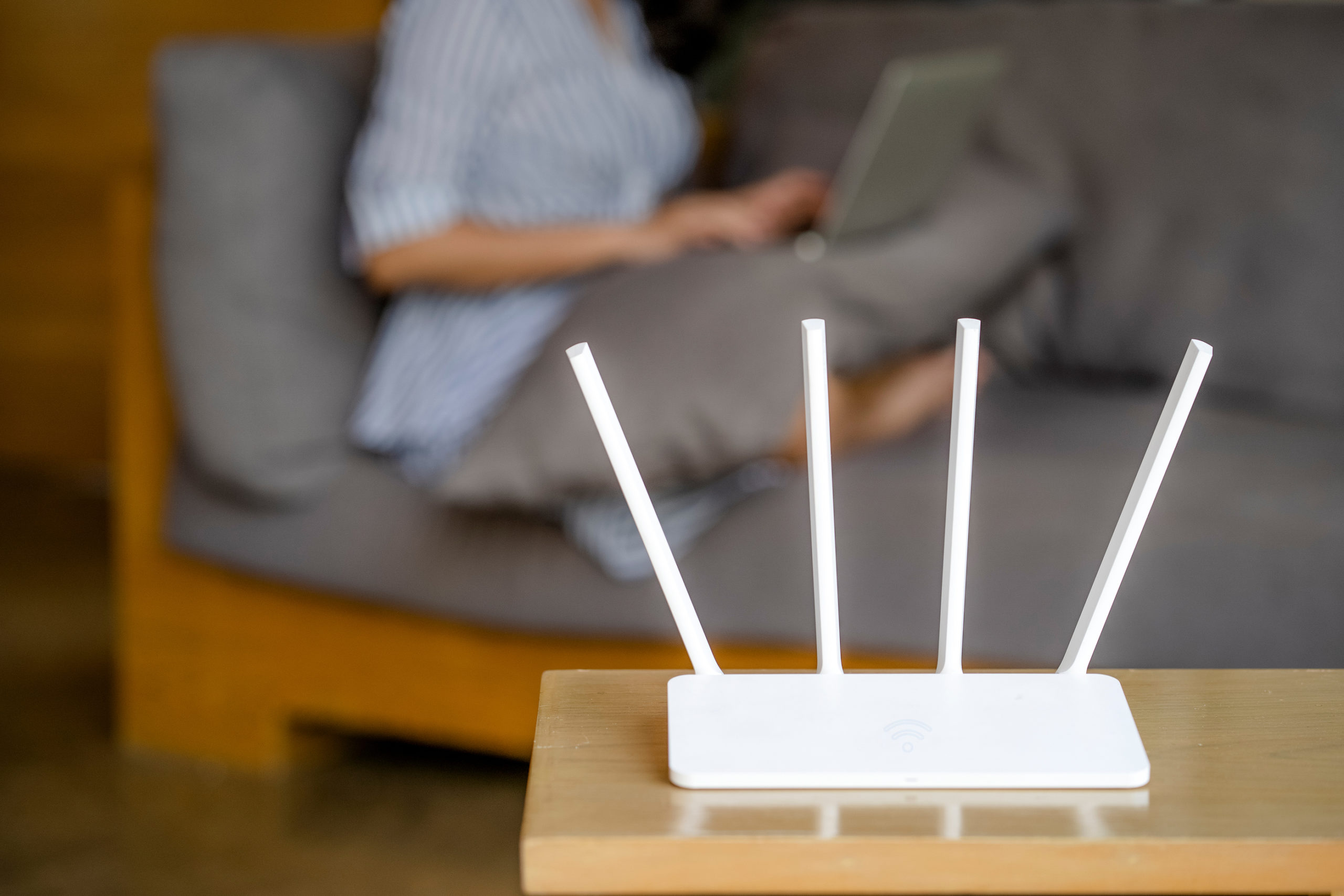

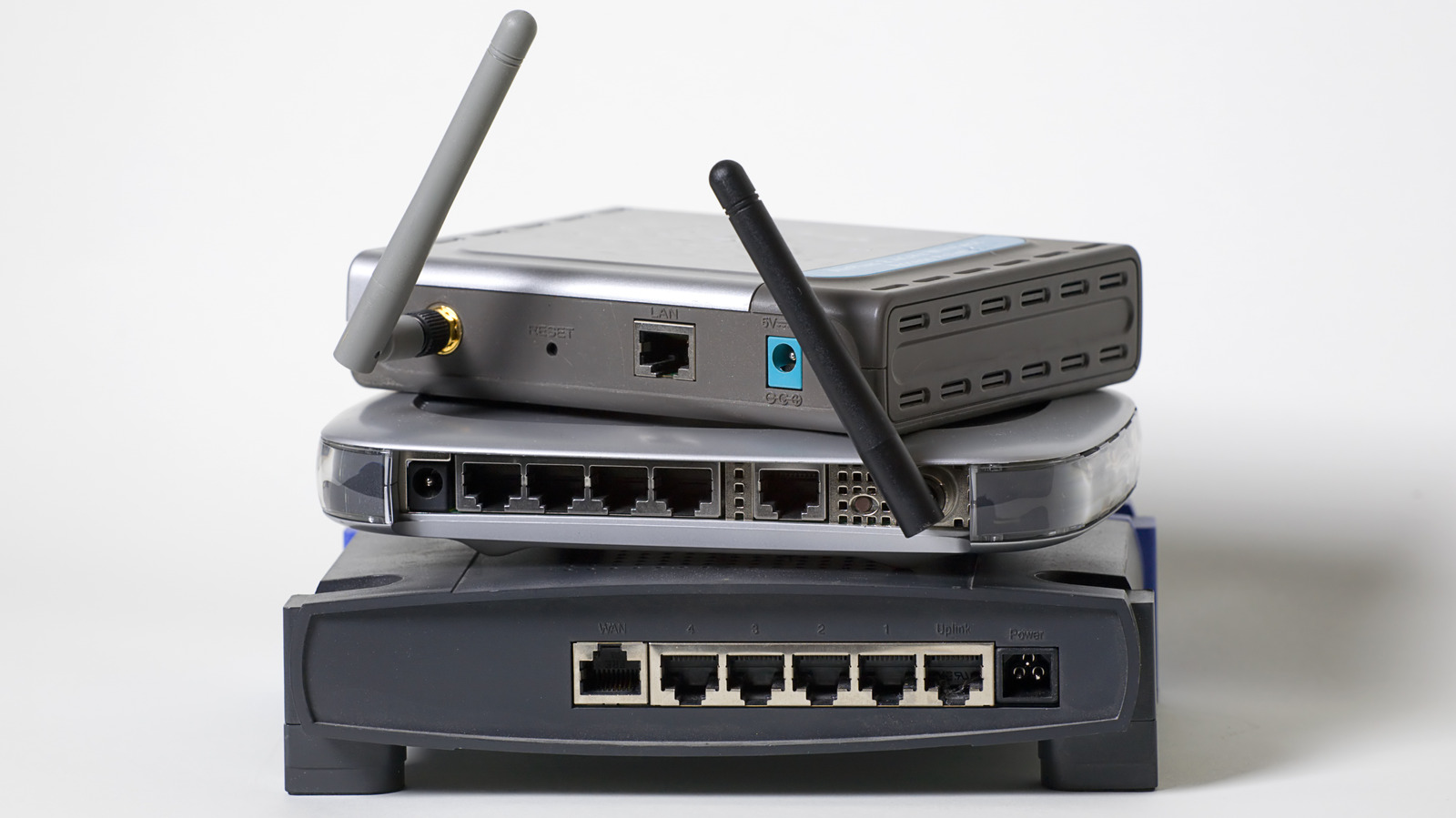
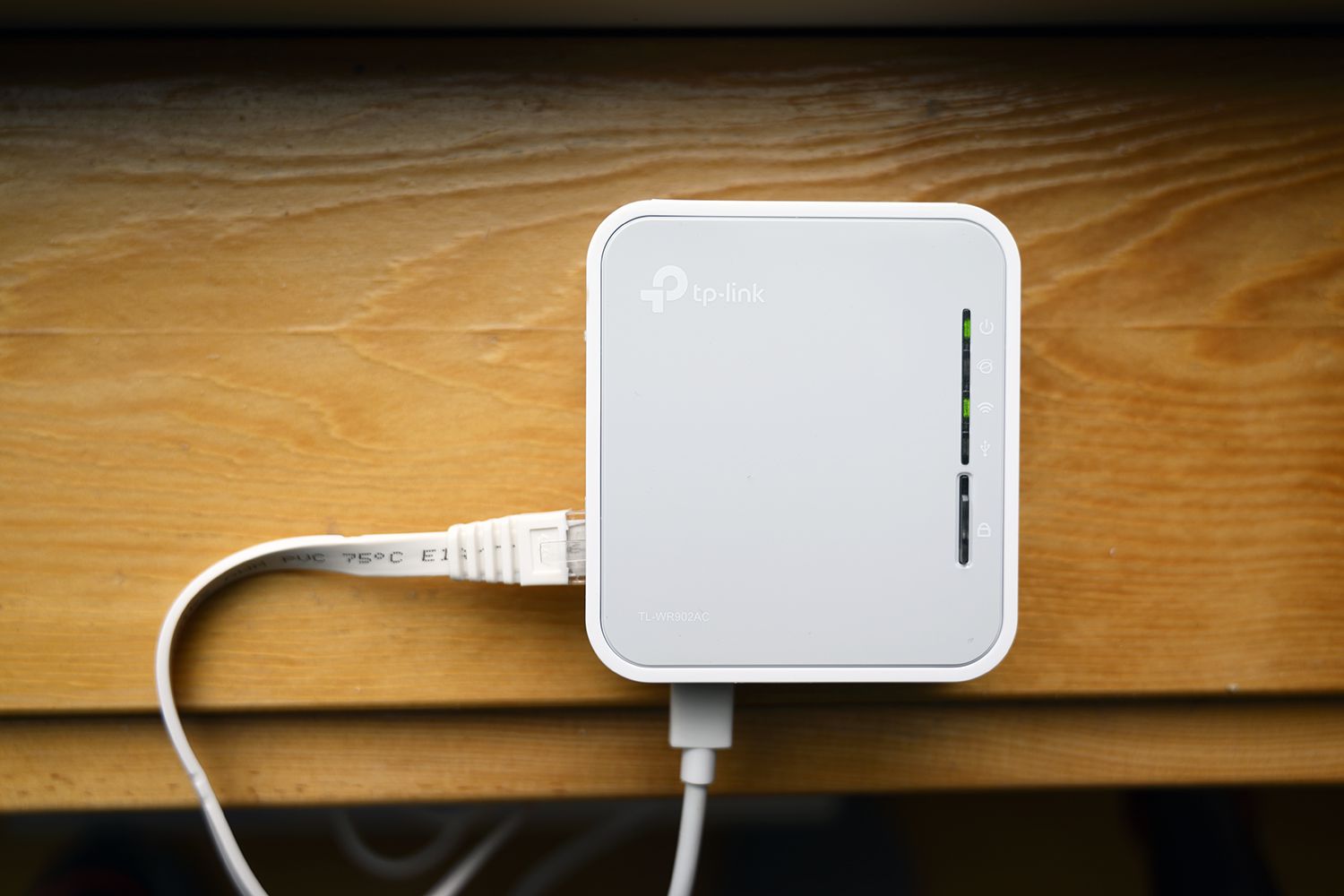


0 thoughts on “How Far Away Should You Be From A Wi-Fi Router”